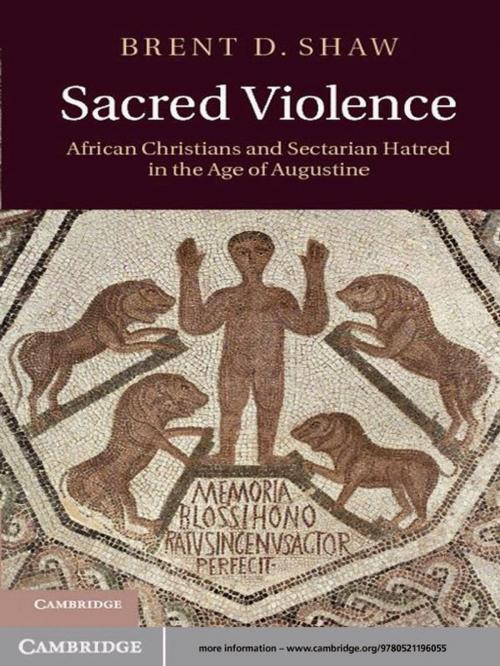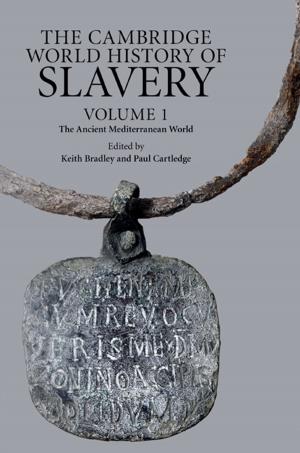Sacred Violence
African Christians and Sectarian Hatred in the Age of Augustine
Nonfiction, History, Ancient History, Religion & Spirituality| Author: | Brent D. Shaw | ISBN: | 9781139036429 |
| Publisher: | Cambridge University Press | Publication: | September 1, 2011 |
| Imprint: | Cambridge University Press | Language: | English |
| Author: | Brent D. Shaw |
| ISBN: | 9781139036429 |
| Publisher: | Cambridge University Press |
| Publication: | September 1, 2011 |
| Imprint: | Cambridge University Press |
| Language: | English |
One route to understanding the nature of specifically religious violence is the study of past conflicts. Distinguished ancient historian Brent D. Shaw provides a new analysis of the intense sectarian battles between the Catholic and Donatist churches of North Africa in late antiquity, in which Augustine played a central role as Bishop of Hippo. The development and deployment of images of hatred, including that of the heretic, the pagan, and the Jew, and the modes by which these were most effectively employed, including the oral world of the sermon, were critical to promoting acts of violence. Shaw explores how the emerging ecclesiastical structures of the Christian church, on one side, and those of the Roman imperial state, on the other, interacted to repress or excite violent action. Finally, the meaning and construction of the acts themselves, including the Western idea of suicide, are shown to emerge from the conflict itself.
One route to understanding the nature of specifically religious violence is the study of past conflicts. Distinguished ancient historian Brent D. Shaw provides a new analysis of the intense sectarian battles between the Catholic and Donatist churches of North Africa in late antiquity, in which Augustine played a central role as Bishop of Hippo. The development and deployment of images of hatred, including that of the heretic, the pagan, and the Jew, and the modes by which these were most effectively employed, including the oral world of the sermon, were critical to promoting acts of violence. Shaw explores how the emerging ecclesiastical structures of the Christian church, on one side, and those of the Roman imperial state, on the other, interacted to repress or excite violent action. Finally, the meaning and construction of the acts themselves, including the Western idea of suicide, are shown to emerge from the conflict itself.















